Beginner’s Guide to Pilates
Starting something new can often feel intimidating. But getting started in Pilates does not need to be overwhelming or intimidating. Pilates is for everybody, and you can do it too. This beginner’s guide to Pilates will give you a better idea of what Pilates is and what you can expect when starting out.
Q. What is Pilates?
A. Pilates is both a technique to help you move efficiently and safely, and it is also a series of exercises to help you learn that technique. It is a system designed to help you strengthen and mobilize your body. It is named after Joseph Pilates, who invented the technique.
Q. Who should do Pilates?
A. Anyone can benefit from doing Pilates, including older people, people who haven’t worked out before, people just coming out of Physical Therapy with injuries, and professional athletes and dancers.
Pilates can be done in its most basic form gently and simply. As ability, strength, and coordination increase, we can add complexity and more challenging exercises. Anyone who wants increased core and overall strength, fewer injuries, better coordination, and better muscle function can and should do Pilates.
Q. What type of exercises do you do in Pilates?
A. Pilates has a variety of exercise that target strength and mobility for the whole body, always initiating with an engagement of the core. They can be done on a mat or unique equipment strategically designed to allow for the fullest expression of movement. Some pieces of equipment you would likely find in your session include the Reformer, Cadillac, chair, and barrel.
In any session, including an introductory session, the trainer will aim to move you through all possible planes of movement of the spine if possible. Your session will include exercises that move the spine forward and back, sideways, and rotating into a spiral. You will also be taught to stabilize your spine and pelvis using your core.
Common beginner Pilates exercises
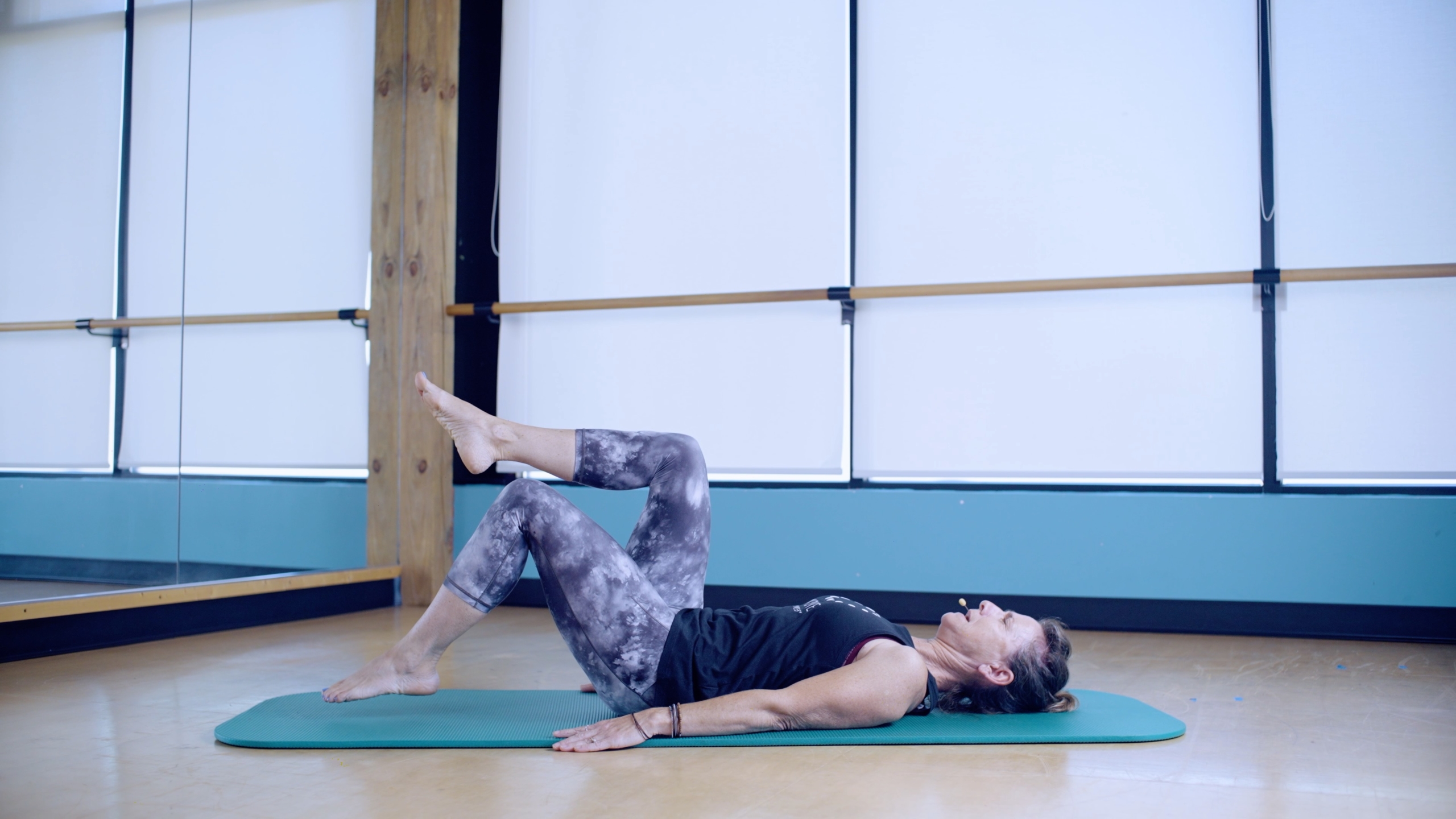
- Toe Taps: The student lies on her back on a mat. She engages her abdominals while holding legs in the air at “tabletop” (knees bent, shins parallel to the ground). The student learns to fire her abdominal muscles to support the stability of the pelvis and lumbar spine while challenging that stability by alternating touching the floor with each foot.
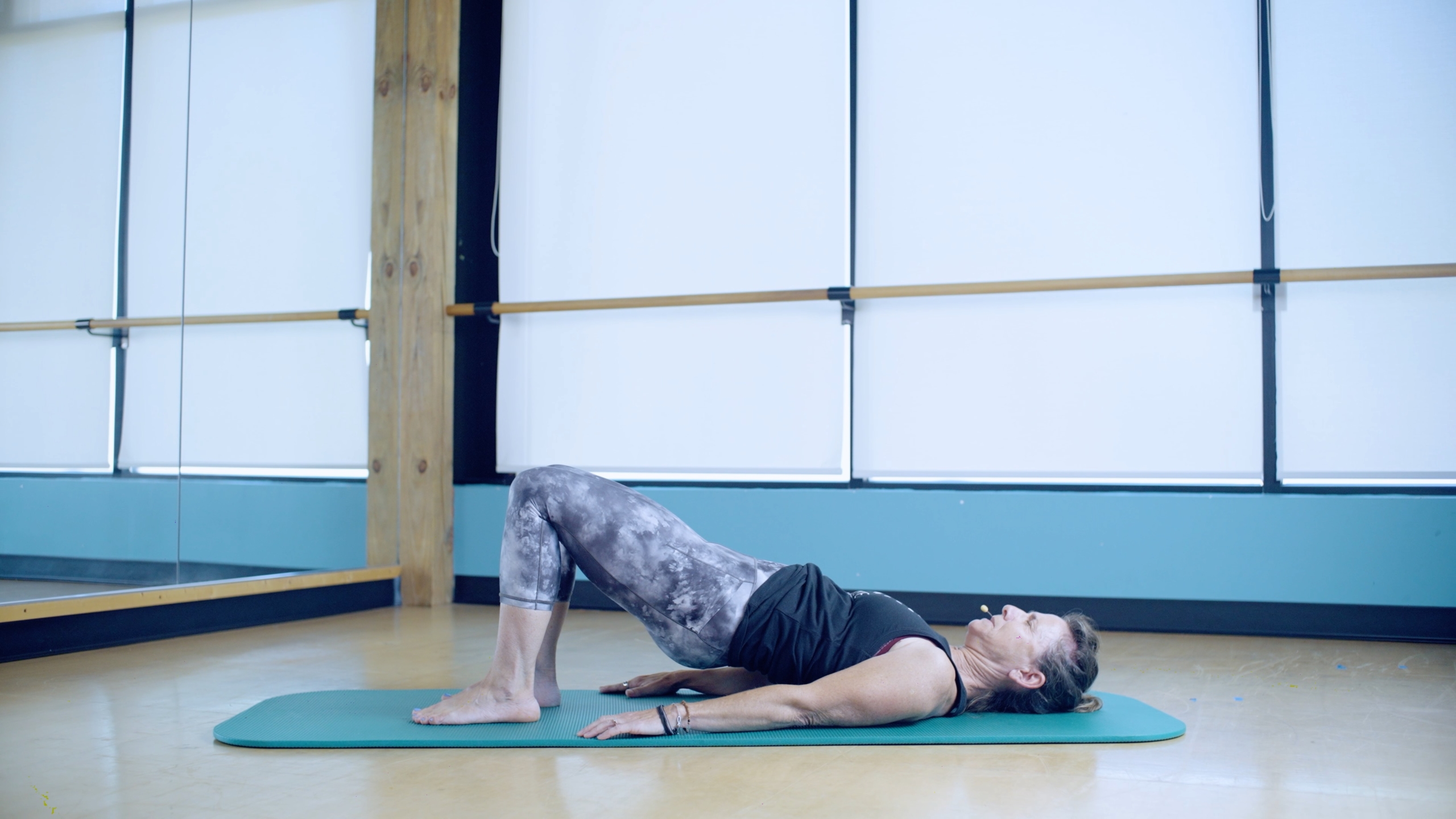
- Hip Roll/Shoulder Bridge: Student lies on her back and lifts pelvis in the air, engaging her glutes and hamstrings, and using abs to keep her ribs from “popping out.”
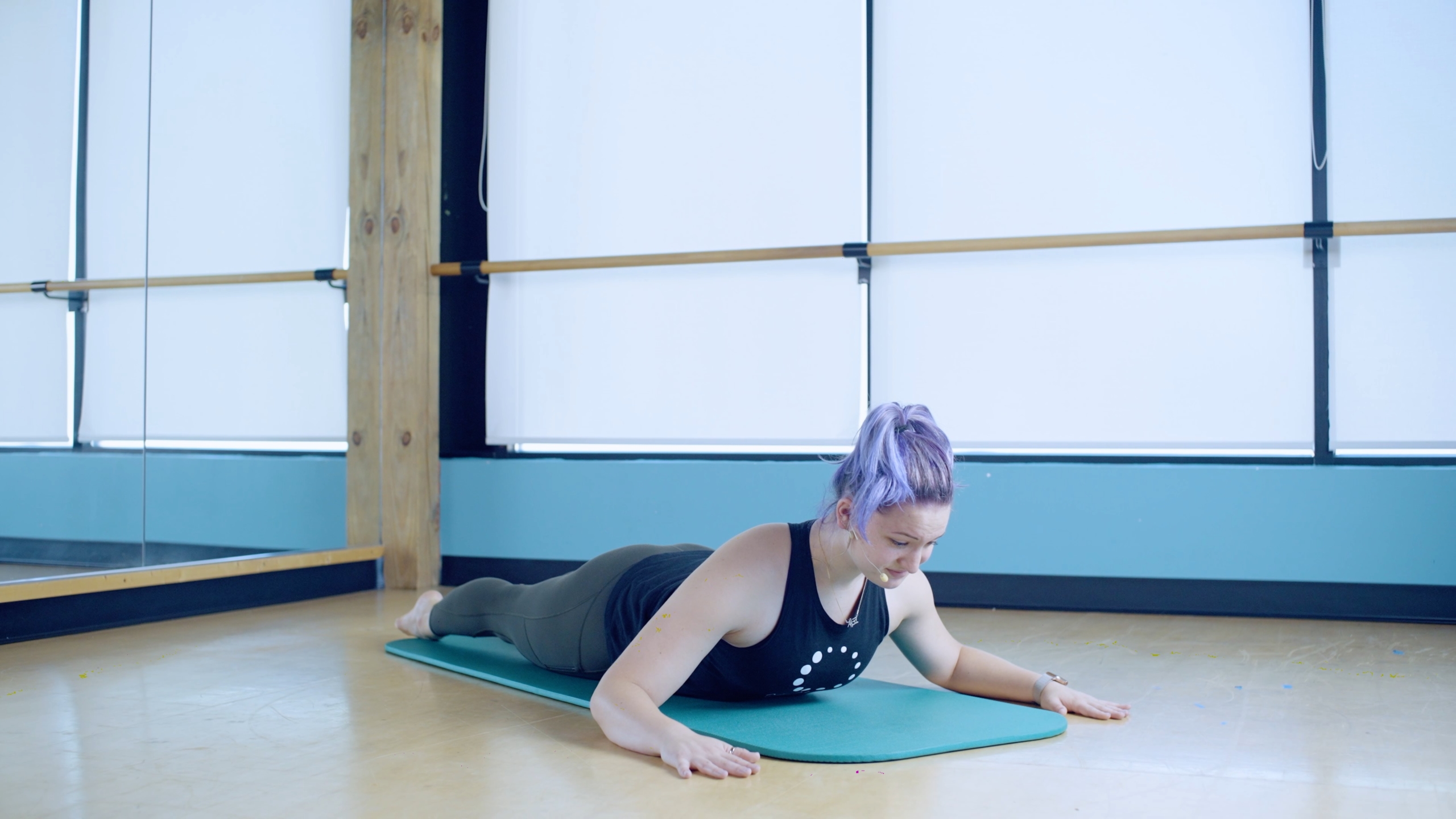
- Breaststroke Preps: Student lies on stomach and lifts upper body and shoulders off the mat. She fires her glutes and hamstrings to lengthen.
In all of these exercises there is an emphasis on correct form and engagement of and stabilization using the core muscles. A few other (more advanced) famous Pilates exercises are the Hundred, Roll Up, and Teaser.
Q. What should I wear for Pilates?
A. Wear what makes you feel comfortable and allows you to move. This could be leggings and a tank top, or sweatpants and a t-shirt. Layers can be helpful if you tend to be cold. Socks or bare feet are good, and socks with little grippers on the bottom can be useful for providing some friction with the floor. Jeans or restrictive clothing are not recommend as they impede freedom of movement. (But if wearing jeans will get you into class, go ahead and do it! You can trade them in for leggings when you feel ready.) If and when you feel comfortable, form-fitting clothing can help the teacher see your body better and give you more detailed and nuanced corrections.
Q. I have a serious injury/issue in my body. Can I safely do Pilates?
A. Always talk to your doctor first. There are safe exercises and safe ways to approach Pilates for almost all bodies, injuries and issues, but it is important that you have some familiarity with what is contraindicated (i.e. a “no-no”) for your particular issue. For example, people with a certain level of osteoporosis in their spine should not do forward flexion (bending forward.) The teacher and student work together to find safe alternatives to traditional exercises. At MOVE Wellness, we have a “gentle” Pilates class specifically designed to work at a pace and level that accommodate bodies with issues and injuries, or those who simply prefer to work at a slower pace. Starting with a private Pilates lesson before doing a group class is always recommended, so that you can go into class with a clear sense of what movements are best for you, and which should be modified. The instructor will also be able to help with this, but the more you know about your own capabilities, the better.
Q. Will Pilates make my abs stronger?
A. Pilates starts by focusing on the stabilization of the pelvis, ribs and shoulders, and by learning to use the breath to activate the abdominals and find a healthy placement for the ribs and shoulders. You will learn to stabilize your pelvis and ribs with all of the muscles attached to them with particular attention to the abdominals. We learn to activate our deepest layers of abdominal muscle – our transversus abdominis – before we begin every exercise. Doing so aids in this stabilization. So yes, Pilates will make your abs stronger. It will also strengthen the other muscles of your core, your glutes and large muscles of the back. As you learn to work with these core muscles, you will work all muscles of your body. Pilates will ultimately give you a full body workout but will emphasize good core function as a prerequisite to good form.
Q. What is the difference between Pilates and Yoga?
A. In both Yoga and Pilates you are likely to go into a studio wearing comfortable clothing and embark on a series of movements. Both Yoga and Pilates will emphasize the mind body connection and ask you to work with your breath. Pilates is more straightforwardly an exercise system and physical technique for movement. It will teach you how to have good form and give you a series of moving exercises based on the work of Joseph Pilates. This will increase and strengthen your form, core strength and coordination.
Yoga is connected to a 2000 year old philosophy that is designed to set the practitioner up for spiritual transformation and meditation. Both of these techniques may ultimately benefit your mind and body, but the movements and the basis for the techniques are very different. In general, Yoga classes tend to have more of an emphasis on stretching and holding “poses,” while Pilates exercises move along different planes to increase strength, particularly of the core.
Q. Should I take Pilates classes or private lessons?
A. At MOVE, we highly recommend that everyone take at least one private lesson before they join classes. This helps ensure that you are familiar with the technique of Pilates and how to apply it to your particular body and set of issues. It also helps us make sure that you are placed in a class appropriate for your level. Once you have done this introductory session, you can choose to continue with classes only, privates only, or a combination of the two. We recommend doing a combination when you’re ready, as private lessons are opportunities to work in specific details to what is going on in your body, where as classes ask you to take some of what you’ve learned into a context of being slightly more independent. Some home practice is also recommended.
Q. How often should I do Pilates as a beginner?
A. Try to start with at least one hour a week, although more is encouraged when possible. This may be through private lesson, classes and/or home practice. Pilates is safe to practice daily, and in general, the more, the better.
Q. I have more questions, is there someone I can talk to in person?
A. Yes! Call us at 734-224-2560, email us office@movewellness.com, or stop by for a conversation and a tour. We are located at 3780 Jackson Road in Ann Arbor, behind Sun and Snow, across the parking lot from the Quality 16 movie theater. Come and visit us! We would love to meet you.
Lauren Miller is a Pilates and GYROTONIC Trainer at MOVE Wellness in Ann Arbor and can be reached at 734.224.2560 or office@movewellness.com
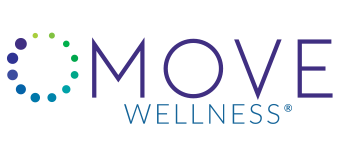
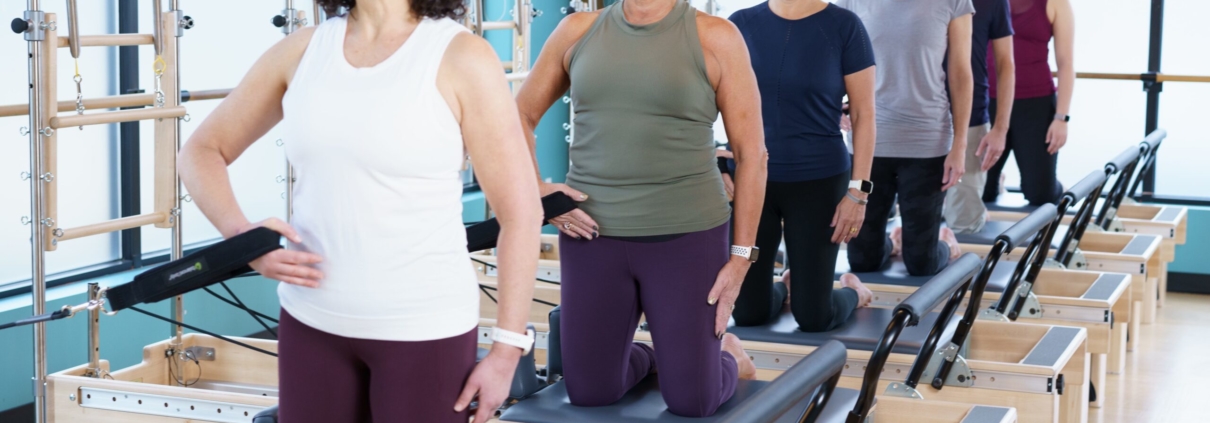
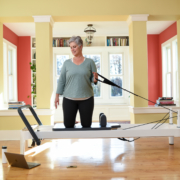
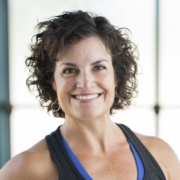
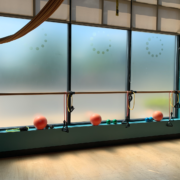
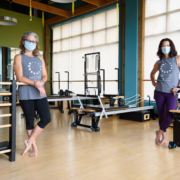
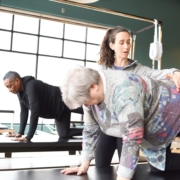
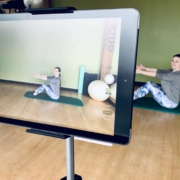


Leave a Reply
Want to join the discussion?Feel free to contribute!